|
Hello and welcome to the Stone News by Devicare, where we discuss every 2 months the most recent and relevant studies in stone disease.
Subscribe now
|
|
|
|
|
|
Dear Stone Fans. Welcome to the summer edition of Stone News.
In today’s newsletter we will discuss how can we implement dissolution therapies for uric acid stones. Then, how waiting
lists may impact stone formers, especially after placing a stent. Finally, we discuss a great article on one of the most
difficult cases in endourology: encrusted stents.
We have three great papers to discuss from latest literature regarding stone disease, please enjoy.
|
|
|

|
|
|
 |
Delays in Ureteroscopy and Shockwave Lithotripsy After Ureteral Stent Placement: Impact on Infectious Complications,
Resource Use, and Medical Costs.
Bhojani N. et al. J Endourol 2023
|
 2' 2' |
https://pubmed.ncbi.nlm.nih.gov/36458475/ 
|
|
This great paper took data from patients filing commercial claims that had a stent within 6 months of a shock wave
lithotripsy or an ureteroscopy.
The aim of the study was to identify any relationship between ureteral stent duration with several events and
complications.
The results showed that patients witting 31 to 60 days for an ureteroscopy after ureteral stent placement had
significantly higher inpatient admissions rates, imaging, infectious complications and increased overall cost of the
disease, compared to those waiting less than 15 d. Also, patients witting more than 30 days for a shock wave lithotripsy
after stent placement, had significantly higher ED visits, inpatient admissions, imaging, infectious complications and
increased overall cost of the disease, compared to those waiting less than 15 days.
This article carries the important message that stone formers should be treated in less than a month after a stent.
|
|
|
|

|
|




|
Aviso Legal | Política de privacidada
Este mail ha sido enviado a {{ contact.email }} por Devicare Lit Control.
Si quiere darse de baja de las comunicaciones de la Stone News puede enviarnos un correo electrónico a
dop@devicare.com o pinchar aquí.
Av. Can Domènech s/n | Eureka Building UAB Research Park | 08193 Cerdanyola del Vallès,
Barcelona | España
Copyright (c) 2021 Devicare Lit-Control.
|

|
|
|
|